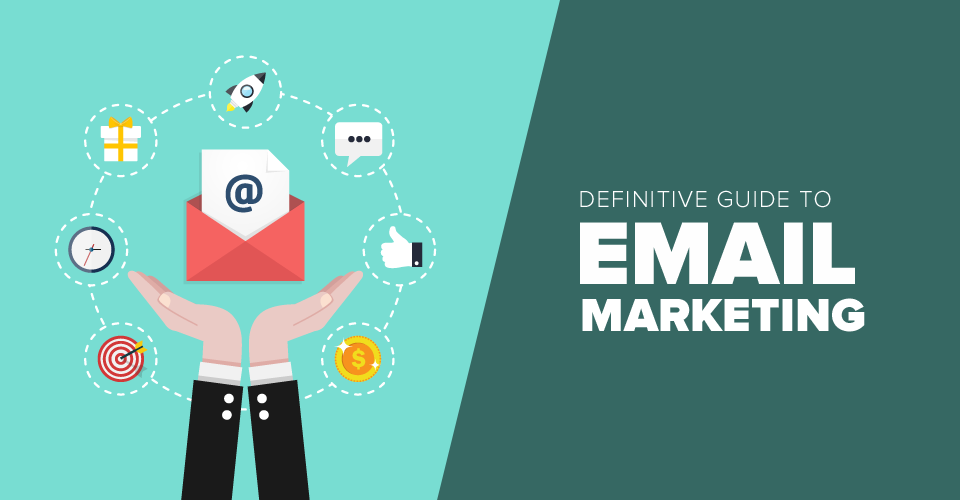Email Marketing / Introduction to Email Marketing / Email Marketing Strategies / Email Marketing Laws and Regulations / Email List Building / Email Content and Copywriting / Design and Visual Elements / Call to Action (CTA) Optimization / Testing and Optimization / Email Marketing Software / Marketing Automation / Email Analytics and Tracking / List Management and Segmentation /Re-engagement Campaigns / Email Marketing Best Practices / Deliverability and Inbox Placement / Personalization and Customer Relationship / Future Trends and Innovations in Email Marketing / Interactive Email Content / Privacy and Data Protection
Segmenting Email Lists Based on Demographics, Behavior, and Preferences
Demographic Segmentation:
Demographic segmentation involves categorizing subscribers based on characteristics such as age, gender, location, and occupation. By understanding the diverse demographics within your audience, you can tailor your email content to resonate with specific groups. For example, a clothing retailer might send different promotions to male and female subscribers or customize offerings based on location.
Behavioral Segmentation:
Behavioral segmentation hinges on user actions and interactions with your brand. It involves categorizing subscribers based on their behavior, such as purchase history, website visits, or engagement with previous emails. By analyzing these behaviors, businesses can send targeted and relevant content, whether it's personalized product recommendations, follow-up emails after a purchase, or re-engagement campaigns for dormant subscribers.
Preference-Based Segmentation:
Preferences play a crucial role in customer satisfaction. Segmenting based on preferences involves understanding subscriber likes and dislikes, communication frequency preferences, and content format preferences. This level of granularity allows businesses to tailor their communication to individual preferences, ensuring that each email resonates with the unique tastes of the recipient.
Personalizing Emails for Different Audience Segments:
Dynamic Content Personalization:
Dynamic content personalization involves creating emails with elements that dynamically change based on the recipient's attributes or behavior. This could include showcasing different products, personalized greetings, or tailored calls-to-action. Dynamic content ensures that each email feels customized, enhancing engagement and response rates.
Personalized Recommendations:
Leverage data on customer preferences and past behaviors to provide personalized product recommendations. Whether it's suggesting related items based on previous purchases or offering personalized discounts, personalized recommendations enhance the relevance of your emails, increasing the likelihood of conversion.
Customized Messaging:
Craft messaging that aligns with the characteristics and preferences of each segment. Whether it's adjusting the tone, language, or imagery, customized messaging ensures that your emails speak directly to the interests and needs of specific audience groups. This level of personalization fosters a stronger connection with your subscribers.
Targeted Offers and Promotions:
Tailor your promotions and offers based on the preferences and behaviors of each segment. For example, loyal customers might receive exclusive discounts, while new subscribers could be targeted with welcome offers. Targeted promotions increase the perceived value of your emails, driving engagement and conversions.
Conclusion:
Segmentation strategies and personalized content are not just trends; they are integral components of successful email marketing in the digital age. By understanding the diversity within your audience and tailoring your emails based on demographics, behavior, and preferences, businesses can create more relevant and engaging content. The era of mass communication is giving way to precision and personalization, where each email feels like a tailored message rather than a generic broadcast. In the competitive landscape of digital marketing, segmentation strategies are the compass that guides businesses toward deeper connections, higher engagement, and ultimately, sustained success.
Email Marketing / Introduction to Email Marketing / Email Marketing Strategies / Email Marketing Laws and Regulations / Email List Building / Email Content and Copywriting / Design and Visual Elements / Call to Action (CTA) Optimization / Testing and Optimization / Email Marketing Software / Marketing Automation / Email Analytics and Tracking / List Management and Segmentation /Re-engagement Campaigns / Email Marketing Best Practices / Deliverability and Inbox Placement / Personalization and Customer Relationship / Future Trends and Innovations in Email Marketing / Interactive Email Content / Privacy and Data Protection
